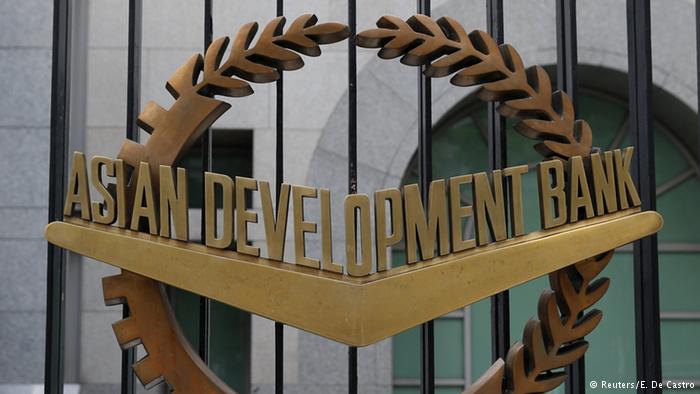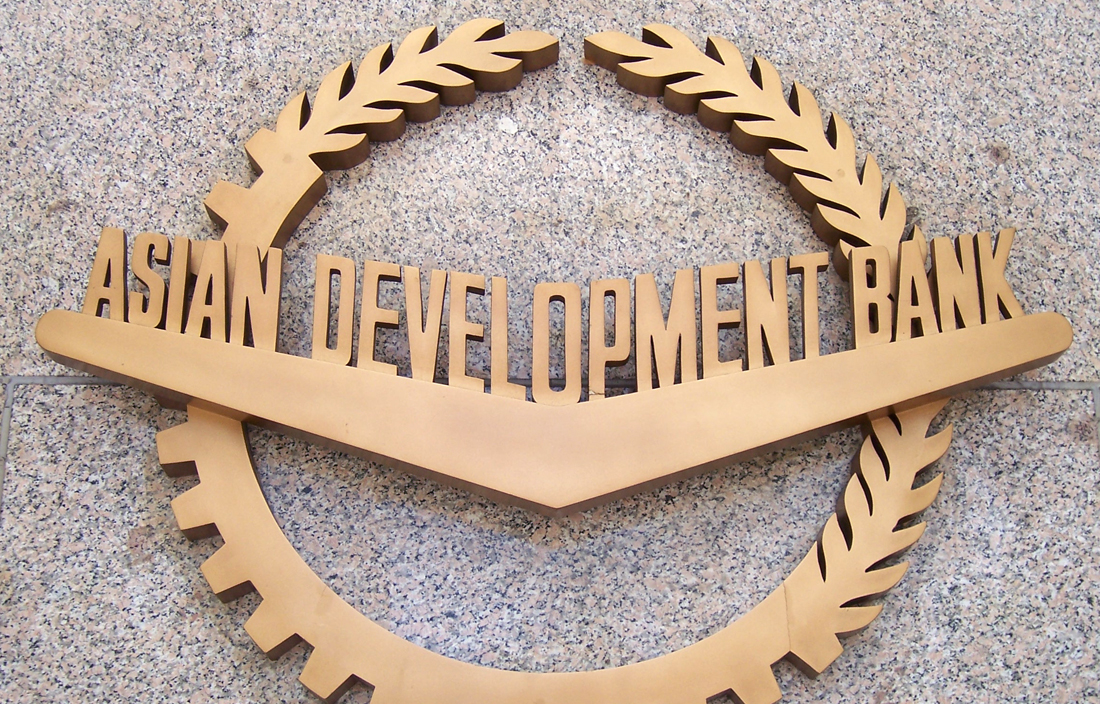The Asian Development Bank(ADB) on Tuesday trimmed its economic growth forecast this year for developing Asia to 5.6 percent. The major reason behind this revision is the India, which has recently shocked the region with its demonetization move and this move is expected to hit its growth rate this year but can be proved beneficial next year. Japan’s expansion, meanwhile, will be buoyed by strong exports, despite a stronger currency, the report said.
However, no major changes have been seen in the revision by Asian Development Bank and the new growth percentage is just slightly below the previous projection of 5.7 percent. India, which is one of developing Asia’s biggest economies, will see some lower down in its growth but that doesn’t seem to advantage China, the major competitor of India in South Asia region.
What is the prediction of ADB about India’s growth rate in 2016 and 2017?
As per Asian Development Bank, Forecast growth for the entire Asian region next year remains unchanged at 5.7 percent. ADB said in a report that India’s surprise demonetization of large banknotes will likely dampen growth this year to 7 percent from a previous forecast of 7.4 percent. But Next Year could be good for Indian Economy and India can grow at 7.8% next fiscal year. But these are just the forecasts and to meet the growth rate predictions, all depends on the respective governments of the nations.
Allover Growth prediction of Asian Countries in current and next fiscal by Asian Development Bank:
But South Asia is the most dynamic part of the region, with growth expected at 6.6 percent this year, down from the previous forecast of 6.9 percent. South Asia’s growth is estimated at 7.3 percent in 2017. The report says regional giant China is on course to grow 6.6 percent this year and 6.4 percent in 2017. East Asia as a whole is seen to expand by 5.8 percent this year and 5.6 percent in 2017 as growth stabilises in line with earlier forecasts.
The report said growth in the major South-east Asian economies in the third quarter met projections and even surpassed them in Malaysia and the Philippines. The sub-region is forecast to expand by 4.5 percent in 2016, and picking up to 4.6 percent in 2017.
“Asian economies continue their robust expansion in the face of global economic uncertainties,” said ADB Deputy Chief Economist Juzhong Zhuang. “Structural reforms to boost productivity, improve the investment climate, and support domestic demand can help maintain growth momentum.”
ADB said the combined growth for the major industrial economies exceeded expectations, ticking up 0.1 percentage point to 1.5 percent in 2016. The growth forecast for 2017 is maintained at 1.8 percent, with robust consumer spending supporting the U.S. economy, and monetary policy and improved labour markets fueling growth in the euro area.










